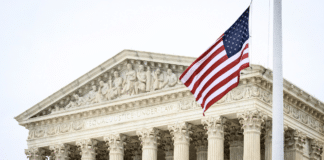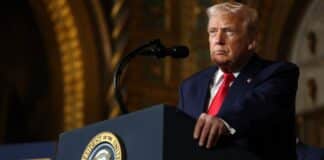The Trump administration is overseeing the largest one-year cut to the federal workforce in nearly a century, with 154,000 federal employees officially leaving the payroll this week. Those departing had accepted buyouts offered under President Trump’s plan to reduce the size and scope of the federal government.
The resignations, which began Tuesday, are part of a deferred exit program that allowed employees to remain on the payroll through September before their positions were eliminated. The buyouts combined financial incentives with the possibility of dismissal for those who declined, signaling a major restructuring effort aimed at shrinking bureaucracy.
This marks the biggest drawdown of federal workers in 80 years. By the end of 2025, more than 300,000 federal employees are expected to depart through a combination of buyouts, job cuts, and attrition. That represents a 12.5 percent reduction of the federal workforce.
While mainstream outlets have sounded alarms over the buyouts—claiming losses of expertise in agencies like the National Weather Service, Food and Drug Administration, and NASA—supporters argue the cuts are long overdue. They point to decades of unchecked federal growth, ballooning costs, and public sector unions that wield outsized political influence.
Critics of the federal workforce also note that government jobs often come with retirement packages, healthcare coverage, and time-off benefits that far exceed those available to private sector employees. Taxpayer-funded public unions, they argue, funnel millions of dollars annually into Democrat-aligned campaigns, effectively turning the federal workforce into a political machine.
President Trump has long promised to “drain the swamp,” and this latest reduction underscores his determination to curb government power and cut taxpayer costs. While Democrats frame the cuts as harmful to federal operations, conservatives see them as an essential step toward limiting bureaucracy and restoring balance between government and the private sector.





